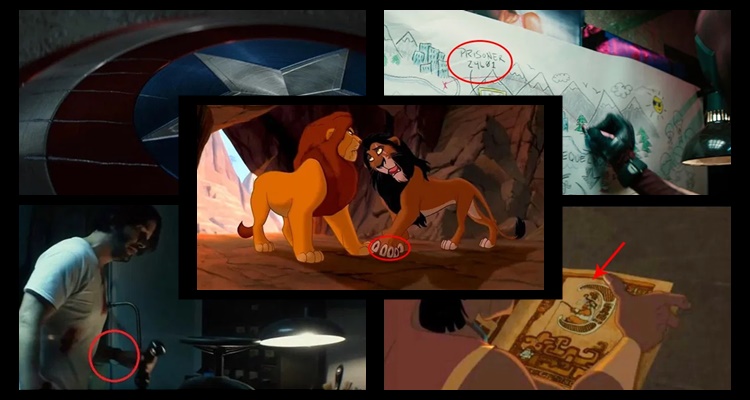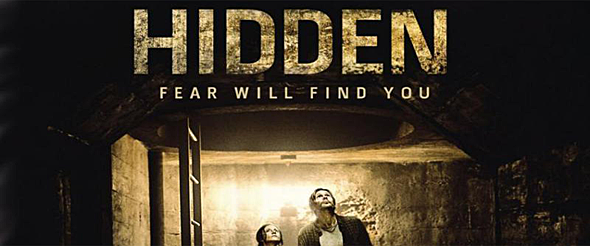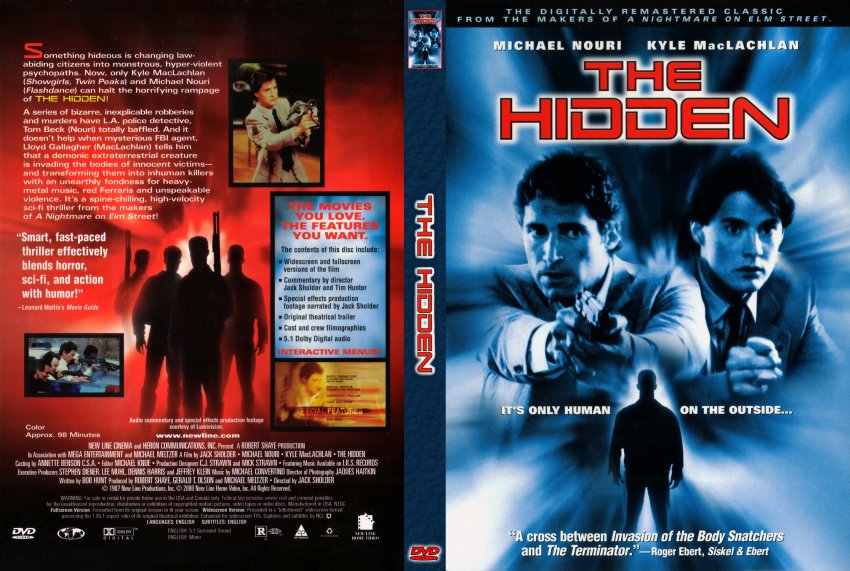

Lord knows you don’t pay the colored enough to afford pearls! And I work like a dog day and night, living on coffee from a pot none of you want to touch! So, excuse me if I have to go to the restroom a few times a day.” To which Harrison responds with literally dismantling the bathroom sign with a sledgehammer and exclaims “ Here at NASA, we all pee the same color”. My uniform, skirt below the knees and my heels. Did you know that? I have to walk to Timbuktu just to relieve myself! And I can’t use one of the handy bikes. The scene I cannot forget is the bathroom scene when Katherine Johnson breaks down as she explains why she takes such a long time in the bathroom everyday, “ There are no colored bathrooms in this building, or any building outside the West Campus, which is half a mile away. A notable one for me was the director of the Space Task Group, Al Harrison (fictional character!). Several characters made the film more bearable to watch.

While Article 12 in our Constitution guarantees all persons equal before the law, and 12(2) highlighting classifications (including race, religion, descent and place of birth) for which Singaporeans cannot be discriminated against, racial biases is still a lived reality for many today. Obviously “racial harmony” is a concept many have taken for granted in this country that prides itself as a multi-racial society. Unsurprisingly, many of my peers (especially those who did not take Sociology of Law and Justice class in university) were shocked as I shared about the many scenes that detailed segregation along racial lines. Institutional Racism is still a reality.It would require numerous steps on many fronts to alter the gender ratio but I’m quite optimistic about the future of STEM especially with the team from Paya Lebar Methodist Girls’ School who represented Singapore and aced the competition at international robotics contest and Girls2Pioneer, a campaign organised by the Singapore Committee for UN Women along side Standard Chartered and MasterCard. Needless to say, there is gender imbalance in the field of STEM in Singapore which is a product of factors such as the lack of early exposure to science and technology, and sexism in the male-dominated field. Gender imbalance in STEM is a phenomenon.Combined, the film sheds light on the intersectional discourse of race and gender faced by African-American women at that time.Įven though Hidden Figures was set in a time and place that seems far away from the Singapore today, I find this film relevant to us in many ways: The discourse of gender was also evident as this film centres around NASA, which represents the Science, Technology, Engineering and Mathemetics (STEM) industry, a male-dominated space and career path.


References to the landmark judgement of Brown v Board of Education (1954) also highlight hurdles faced during the Civil Rights Movement at that time. Throughout the film, we are made to sit through blatant lived realities of racial segregation: shots of segregated toilets and water fountains, and Katherine’s joke about “ sitting at the back of the bus” portrayed some instances of institutional racial discrimination. The film serves as a cultural text that depicts racial and gender issues in the 1960s in the United States. In short, they represent the group of African-American women who played a huge role in enabling astronaut John Glenn to circle around the earth three times, a revolutionary event for Americans and for space travel. The film features Katherine Johnson, Dorothy Vaughan, and Mary Jackson (played by Taraji Henson, Octavia Spencer and Janelle Monáe respectively) - just three African-American female mathematicians who worked as human computers for National Aeronautics and Space Administration (NASA) during the mid-20th century Space Race. Directed by Theodore Melfi, Hidden Figures is an American biographical film which was made into a movie following a 2016 non-fiction book Hidden Figures: The Story of the African-American Women Who Helped Win the Space Race written by Margot Lee Shetterly.


 0 kommentar(er)
0 kommentar(er)
